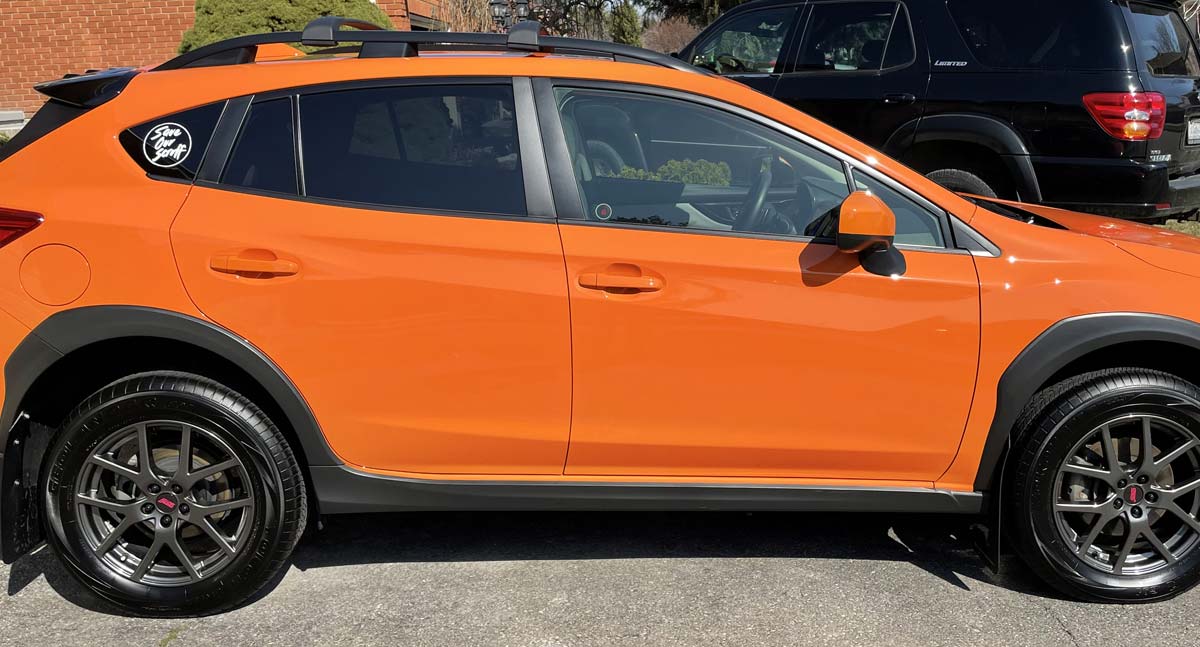
Yes, you can tint over factory tint. This process involves applying an additional layer of aftermarket tint to the existing factory tinted windows, providing increased privacy, enhanced UV protection, and improved heat rejection. However, before proceeding, it’s essential to research local laws and regulations regarding window tinting, consider warranty implications, and choose the right type of aftermarket tint. For the best results and to minimize potential issues, it’s recommended to have the new tint professionally installed.
Understanding Factory Tint
Benefits of Factory Tint
Factory tint, also known as privacy glass, comes pre-installed on many vehicles. It offers a number of benefits, such as:
- Privacy: Factory tint provides a level of privacy by making it more difficult to see into the vehicle.
- UV Protection: It blocks a percentage of harmful ultraviolet (UV) rays from entering the car, reducing the risk of skin damage and fading upholstery.
- Heat Reduction: Factory tint helps to keep the vehicle’s interior cooler by reflecting some of the sun’s heat.
Limitations of Factory Tint
While factory tint offers some benefits, it does have limitations:
- Insufficient Privacy: The level of tint might not provide the desired level of privacy for some individuals.
- Limited UV and Heat Rejection: Factory tint may not offer enough UV and heat protection for those living in hot climates or with sun-sensitive skin.
Reasons for Tinting Over Factory Tint
There are several reasons why someone might choose to tint over their factory tint:
Enhanced Privacy
Applying aftermarket tint can provide increased privacy, making it more difficult for prying eyes to see inside the vehicle.
Improved UV Protection
Adding an additional layer of tint can significantly increase the UV protection, further safeguarding passengers and the vehicle’s interior from sun damage.
Increased Heat Rejection
Aftermarket tint can provide superior heat rejection, keeping the car’s interior cooler and reducing the strain on the air conditioning system.
Aesthetic Appeal
Some individuals choose to tint over factory tint to achieve a sleek and customised appearance.
Types of Aftermarket Tint
When considering tinting over factory tint, it’s essential to understand the different types of aftermarket car window tint available:
Dyed Tint
This is the most affordable option and offers minimal heat rejection. Dyed tint is a popular choice for its dark appearance and enhanced privacy.
Metalized Tint
Metalized tint provides better heat rejection than dyed tint due to its metallic particles. However, these particles can interfere with electronic signals, such as GPS and cell phone reception.
Carbon Tint
Carbon tint offers excellent heat rejection without interfering with electronic signals.
Ceramic Tint
Ceramic tint is the most advanced and expensive option, offering superior heat rejection, UV protection, and no interference with electronic signals. Its durability and performance make it a popular choice for those looking to invest in a high-quality tint.
The Process of Tinting Over Factory Tint
When tinting over factory tint, it’s essential to follow a step-by-step process to ensure a proper installation:
Preparing the Surface
Before applying the new tint, thoroughly clean the windows to remove any dirt, dust, or debris. This step is crucial for ensuring a smooth, bubble-free application.
Applying the New Tint
Carefully apply the chosen aftermarket tint to the interior of the window, following the manufacturer’s instructions. Be cautious to avoid trapping any air bubbles or creases between the new tint and the factory tint.
Curing and Inspection
Allow the newly applied tint to cure for the recommended time, typically a few days to 4 weeks. During this period, avoid rolling down the windows or using any cleaners on the tint. After the curing process, inspect the tint to ensure it’s free of bubbles, creases, or other imperfections.
Potential Challenges and Precautions
Before tinting over factory tint, consider these potential challenges and precautions:
Legal Regulations
Research local laws and regulations regarding window tinting, as some areas have restrictions on the allowable darkness and reflectiveness of tint.
Warranty Considerations
Some vehicle manufacturers may void a warranty if aftermarket modifications, such as window tinting, are made. Check with the car manufacturer before proceeding.
Professional Installation
To avoid potential issues, it’s recommended to have the new tint professionally installed. This will ensure proper application and minimize the risk of damage or subpar results.

